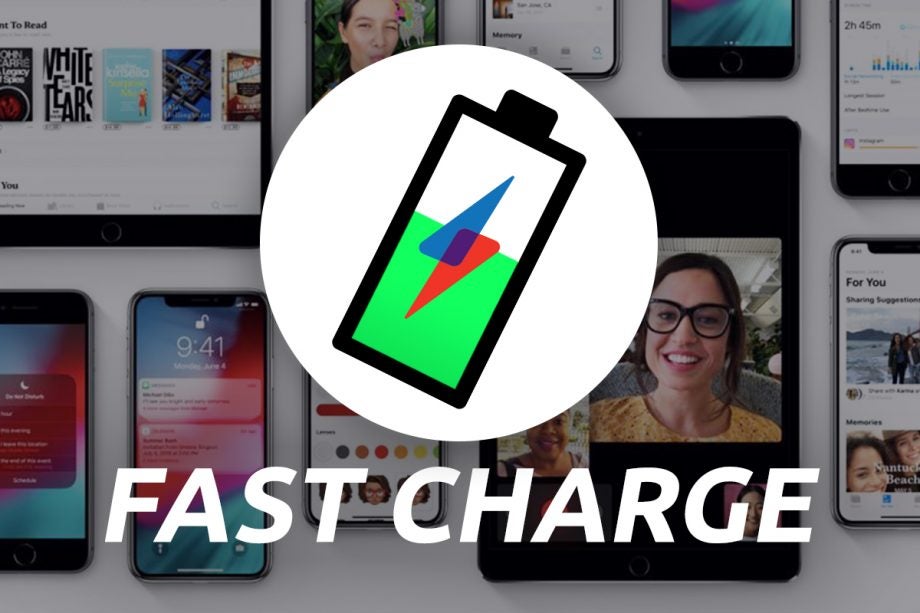Fast Charge: The 5 biggest changes to smartphones in 2019

It’s been a busy year in the world of tech, and these are the highlights when it comes to smartphones – along with a teaser of what’s to come next year.
2019 has seen the introduction of plenty of new changes to smartphones, and it was a busy year for camera tech in particular. Here are five highlights from past year, along with a few nods towards what might follow these innovations.
5G Connectivity
We saw the rollout of 5G networks in the UK for the first time, and along with this a slew of new 5G-enabled smartphones arrived too, such as the Samsung Galaxy S10 5G and the OnePlus 7 Pro 5G. This big technological leap was arguably the biggest change to happen to the smartphone market, and it means you can register speeds of x on your mobile devices now, which could revolutionise data-intensive activities such as online gaming.
Next year will see the tech spread much further, especially thanks to Qualcomm’s new flagship processors (the Snapdragon 765 and the Snapdragon 865) arriving with 5G compatibility and set to feature in many of the year’s most presitigious Android devices.
Software changes with Android 10 and iOS 13
Both major operating systems received customary tweaks this year, although neither were particularly revolutionary. There were some common themes to both Apple and Android’s latest interfaces: both introduced a dark mode that adopts black and grey tones to be kinder on the eyes than stark white backgrounds; and both showcased improved transcription technology that looks to reduce the reliance on touchscreen tech for interactivity.
Interestingly, Apple introduced a separate operating system for its tablet range, named iPadOS, and reserving iOS 13 just for smartphones. We are eager to see whether Android will take on a similar strategy next year as well, in order to provide a refined experience for tablet users.
Record-breaking camera resolution
2019 got us used to idea of a flagship camera having a 48-megapixel main sensor, and the introduction of the 64-megapixel sensor was impressive enough. But in the final weeks of the year, the Xiaomi Mi Note 10 brought the house down with an incredible 108-megapixel resolution sensor, an incredible spec that raises the bar to a dizzying extent.
Next year we expect to see the Samsung Galaxy S11 to boast the same sensor, and we can’t wait to see other manufacturers to race to match the spec. But remember, the number doesn’t tell you everything; remember to read our detailed reviews for an in-depth insight into smartphone camera performance.
Enhanced Optical Zoom
Acursory look at a modern smartphone gives no hints that it would have an impressive optical zoom capability, due to its slim form factor. But the Huawei P30 Pro subverted that expectation by packing in an incredible 5x optical zoom capability. An honourable mention also goes to the OnePlus 7 Pro, which manages a still-impressive 3x optical zoom. This ability gets you a high-quality shot close to your subject even if there may be something obstructing you in the foregound, so it’s a very welcome feature to include in your photographic arsenal.
As for next year, there’s one outlandish rumour that pegs the Samsung Galaxy S20 for having a 10x optical zoom, seemingly supported in part by its codename “Hubble” (referencing the deep-space telescope). But we’ll believe it when we see it…
Foldable Phones
Surely the most obvious change to smartphones this year has been the switch to new form factors enabled by a foldable screen. The first mainstream phone with such a design was the Samsung Galaxy Fold, which then suffered technical problems resulting in a much-delayed release date. With those problems behind it, we’re now expecting some rivals to join in on the action, including the Huawei Mate X and the Motorola Razr 2019. The smartphone-tablet hybrids could become the preferred design of the future, enabling people to enjoy big-screen content but also pack it away in their pocket. We expect that 2020 will introduce even more flexible friends.
Fast Charge is our weekly mobile-focussed column where we delve deeper into the world of smartphones, wearables and more. Find it on Trusted Reviews every Saturday morning. The Trusted Reviews offices will be shut over Christmas and New Year, but we’ll be back in January!


